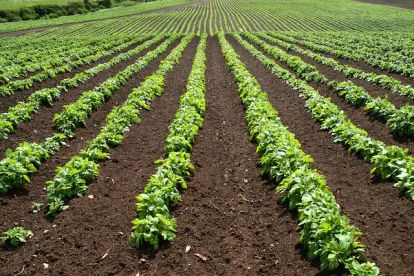The FDA has partnered with the University of Arizona, the Wellton-Mohawk Irrigation and Drainage District (WMIDD), and members of the Yuma area leafy greens industry, with support from the Arizona Department of Agriculture, to better understand the ecology of human pathogens in the Yuma agricultural region. The Yuma agricultural region encompasses Yuma County in Arizona and the Imperial Valley in California, and is a leader in the production of leafy greens in the United States. The initiative will be a multi-year study to focus on how these pathogens survive, move, and possibly contaminate produce prior to harvest.
The launch of the initiative comes on the heels of the largest E. coli O157:H7 outbreak in the United States since 2006. As our readers may know, the outbreak began in the spring of 2018 and was linked to romaine lettuce grown in Yuma. The outbreak resulted in 210 reported illnesses from 36 states, 96 hospitalizations, 27 cases of hemolytic uremic syndrome (HUS), and 5 deaths. In response, FDA conducted an Environmental Assessment (EA) of the Yuma growing region in collaboration with the Centers for Disease Control and Prevention (CDC), the Arizona Department of Agriculture, WMIDD, and state partners from June through August 2018. A summary of the EA can be found here.
The findings of the EA made clear that further collaboration among leafy greens stakeholders and FDA is needed to better understand potential sources of microbial contamination, the prevalence and persistence of human pathogens in the ecosystem near growing areas, and the best management practices to prevent future outbreaks. Thus, in this new partnership, FDA will work with water quality, food safety, and agricultural experts from the University of Arizona Cooperative Extension, representatives from the WMIDD, and members of the Yuma area leafy greens industry. Throughout the initiative, research teams will collect and examine samples from the environment, such as surface waters, canal sediment, and dust. The team will also collect scat samples to assess the impact that animal intrusion and native wildlife may have on the growing environment. FDA intends for the results from the partnership to lead to improved practices that prevent or mitigate food safety risks, and enhance the safety of produce grown in the region.



 />i
/>i
